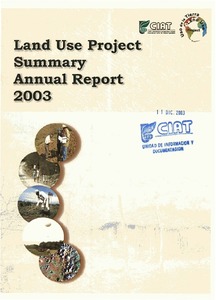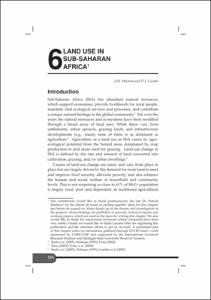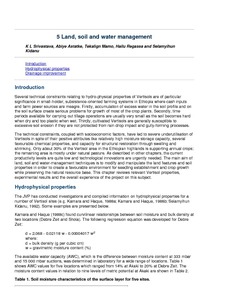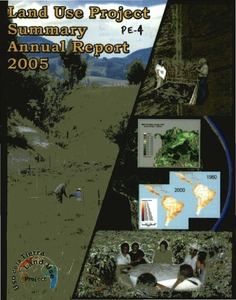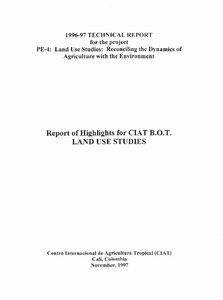land use
AGROVOC URI: http://aims.fao.org/aos/agrovoc/c_4182
Land degradation: A challenge to Ethiopia
Land degradation is a great threat for the future and it requires great effort and resources to ameliorate. The major causes of land degradation in Ethiopia are the rapid population increase, severe soil loss, deforestation, low vegetative cover and unbalanced crop and livestock production. Inappropriate land-use systems and land-tenure policies enhance desertification and loss of agrobiodiversity. Utilization of dung and crop residues for fuel and other uses disturbs the sustainability of land resources. The supply of inputs such as fertilizer, farm machinery and credits are very low.
Land, soil and water management
This chapter reviews relevant Vertisol properties, experimental results and the overall experience of the project on this subject. There are several types of drainage problems in Vertisols whose magnitude may vary from site to site. Drainage improvement is discussed in relation with camber beds, broadbeds and furrows, field depressions, perched watertable, open ditches, height of beds, soil erosion and supplemental irrigation. The need for water shed development projects is also examined.
Land use studies: Reconciling the Dynamics of Agriculture with the Environment Summary: Annual report 2005 Project PE-4
Land use in humid tropical hillsides: migrant farmers in the Atlantic Litoral area of Northern Honduras
Land use and agricultural change dynamics in SAT watersheds of southern India
Impact of dynamic land use and land cover changes on the livelihood of local communities and ecosystem services is a major concern. This is particularly evident in most dryland agricultural systems in South Asia. We study land use/land cover (LULC) changes over the last two decades in a watershed (9589 ha) located in semi-arid eco-region in South India (Anantapuram district) using Landsat and IRS imagery. We captured additional data through field observations and focused group discussions.
Land use studies: Reconciling the Dynamics of Agriculture with the Environment: Annual report 1996-97 Project PE-4
Land nationalisation and rural land tenure in southwest Nigeria
Summarises the literature on the alleged defects of traditional systems of land tenure in Nigeria. Reviews the provisions of the land use decree and their implications for rural land tenure.

